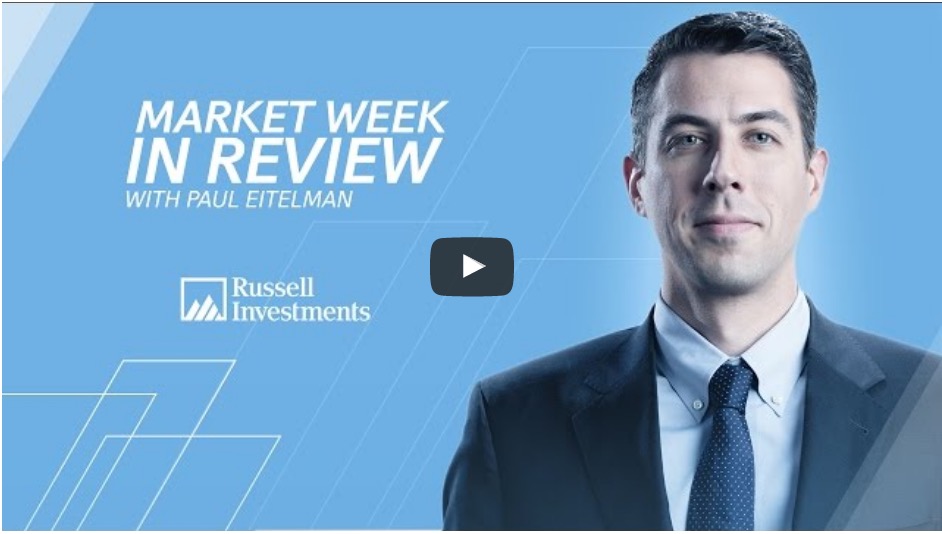The Walking Dead Return [as Active ETFs]
by Michael Mell, Director for Custom Indices, S&P Dow Jones Indices
In AMC’s “The Walking Dead,” we meet Rick Grimes after he awakens from a coma to find himself in post-apocalyptic world filled with legions of zombies. Rick calls these zombies “walkers,” but as each season goes by (season seven starts this October) different groups name them other things, like biters, roamers, lurkers, etc. The names don’t matter because there are more of them each day, all walking around aimlessly until they meet survivors in Rick’s group, who generally dispatch them efficiently.
In much the same way, active management is still losing out to passive index management, despite the numerous active funds that appear year after year. According to the 2015 year end SPIVA® Europe Scorecard, which measures the performance of actively managed funds against their benchmarks, 84% of U.S. active funds underperformed the S&P 500 and an astounding 98% of U.S. active funds trailed their benchmark over the past 10 years.[1] Interestingly, Moody’s recently found that the proliferation of funds is one cause for lackluster returns, as “there are more than 9,250 mutual funds and 10,000 hedge funds, compared with 3,691 stocks in the Wilshire 5000 and 505 stocks in the S&P 500®,”[2] and that this “overcapacity leads to investment mediocrity, since true talent is limited and size works against the investor in the form of increased transaction costs and difficulty in identifying scalable investment opportunities.”[3]
So what are all these active managers going to do? Admit defeat and begin considering index-based solutions? No—instead, the industry has decided to turn ETFs, arguably the most efficient vehicle for making low-cost, index-based solutions available, into a mechanism for spreading active management. The walking dead are returning and there is no stopping them.
The SEC recently approved generic listing standards for actively managed ETFs, which currently “represent a small portion of the more-than $2 trillion invested in U.S. ETFs, with about $26 billion in assets, according to Morningstar Inc. Still, the number of such funds sold has mushroomed to 154 this year from 40 five years ago and just 14 in 2008. Actively managed funds have largely underperformed their passive rivals.”[4] It’s important to understand that “the main distinction between active and passive, or index-based, ETFs is that the underlying holdings in the active ETFs are dynamic and managed similar to the way a mutual fund portfolio is managed.”[5] To be fair, “sponsors of active ETFs say they are more attractive than actively managed mutual funds because they typically have lower management fees and feature a tax structure that makes them less costly than mutual funds.”[6] Perhaps performance will improve only because the costs are lower? However, even “after subtracting fees, returns from active management tend to be less than those from passive management.”[7] Also, when thinking about active management in general, it’s key to note that “even when fund managers succeed in outperforming their peers in one year, they cannot easily repeat the feat in successive years, as many studies have shown.”[8]
So don’t expect these zombie active ETFs to come to life all of a sudden just because the wrapper for their active management approach is different. Instead, you can expect to wake up one day like Rick Grimes and find that the more than 9,250 mutual funds and 10,000 hedge funds have been reanimated as active ETFs, most of whose strategies will likely continue to underperform passive investment management.
[1] Year- End 2015 SPIVA® Europe Scorecard
[2] Bloomberg News, http://www.fa-mag.com/news/more-pain-for-stock-pickers-as-moody-s-sees-big-shift-to-passive-28188.html?utm_source=FA+Subscribers&utm_campaign=19c5b45ee2-FAN_Mutual_Fund_News_072716&utm_medium=email&utm_term=0_6bebc79291-19c5b45ee2-222305257.
[3] Ibid.
[4] Ackerman and Sarah Krouse, http://www.wsj.com/articles/sec-set-to-fast-track-certain-etfs-1469209240.
[5] Jeff Benjamin, http://www.investmentnews.com/article/20160728/FREE/160729936/active-etfs-produce-few-stars-and-even-fewer-fans.
[6] Ibid.
[7] SPIVA Institutional Scorecard–How Much Do Fees Affect the Active Versus Passive Debate?
[8] Jeff Sommer, http://www.nytimes.com/2016/04/24/your-money/the-high-fees-you-dont-see-can-hurt-you.html?_r=1
This article is a publication of S&P Dow Jones Indices LLC. © S&P Dow Jones Indices LLC 2016. S&P® is a registered trademark of S&P Financial Services LLC. Dow Jones® is a registered trademark of Dow Jones Trademark Holdings LLC. S&P Dow Jones Indices LLC is not an investment advisor. This publication is not a recommendation by S&P Dow Jones Indices to buy, sell, or hold a security, nor is it considered to be investment advice.
Copyright © S&P Dow Jones Indices















